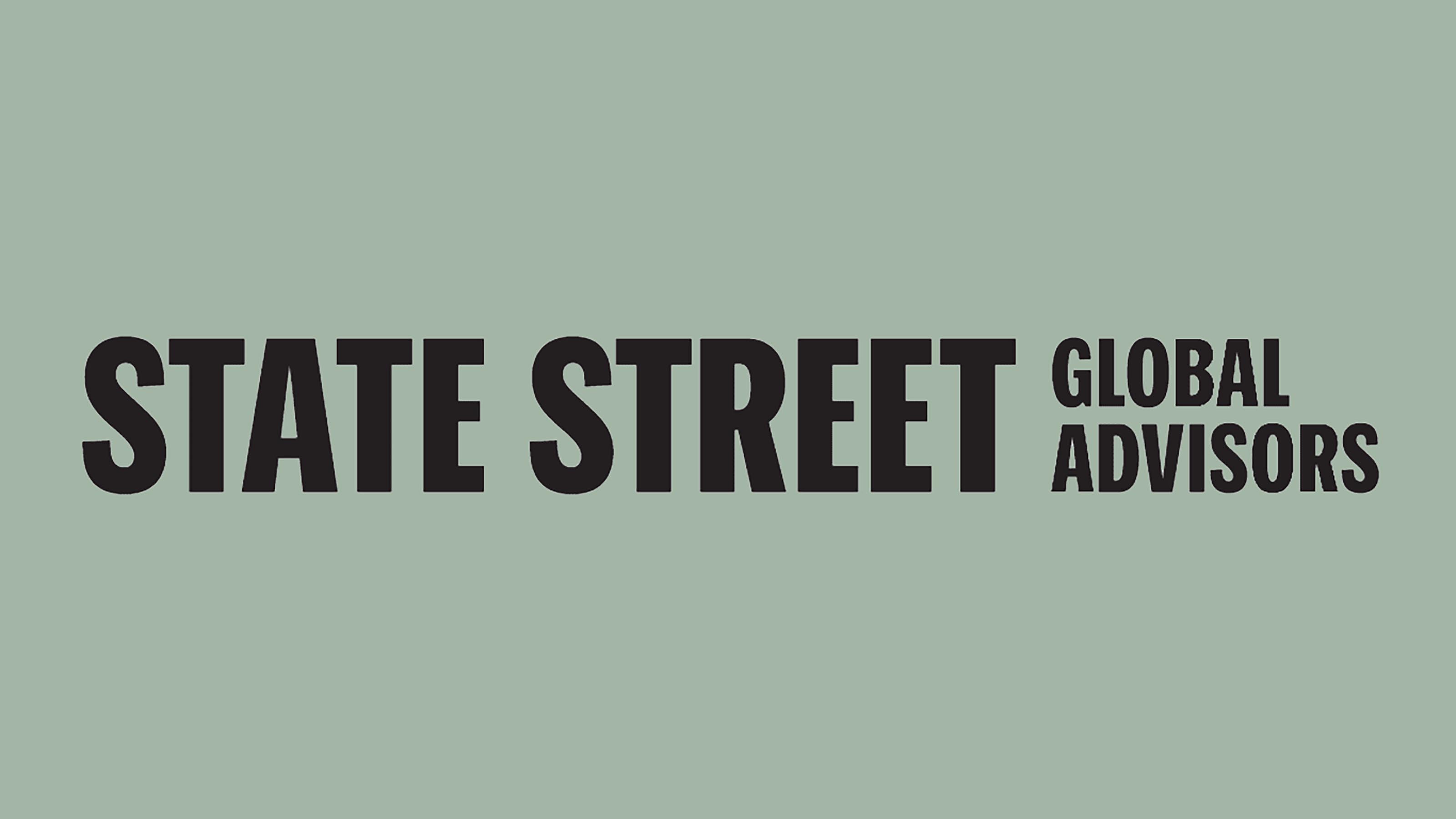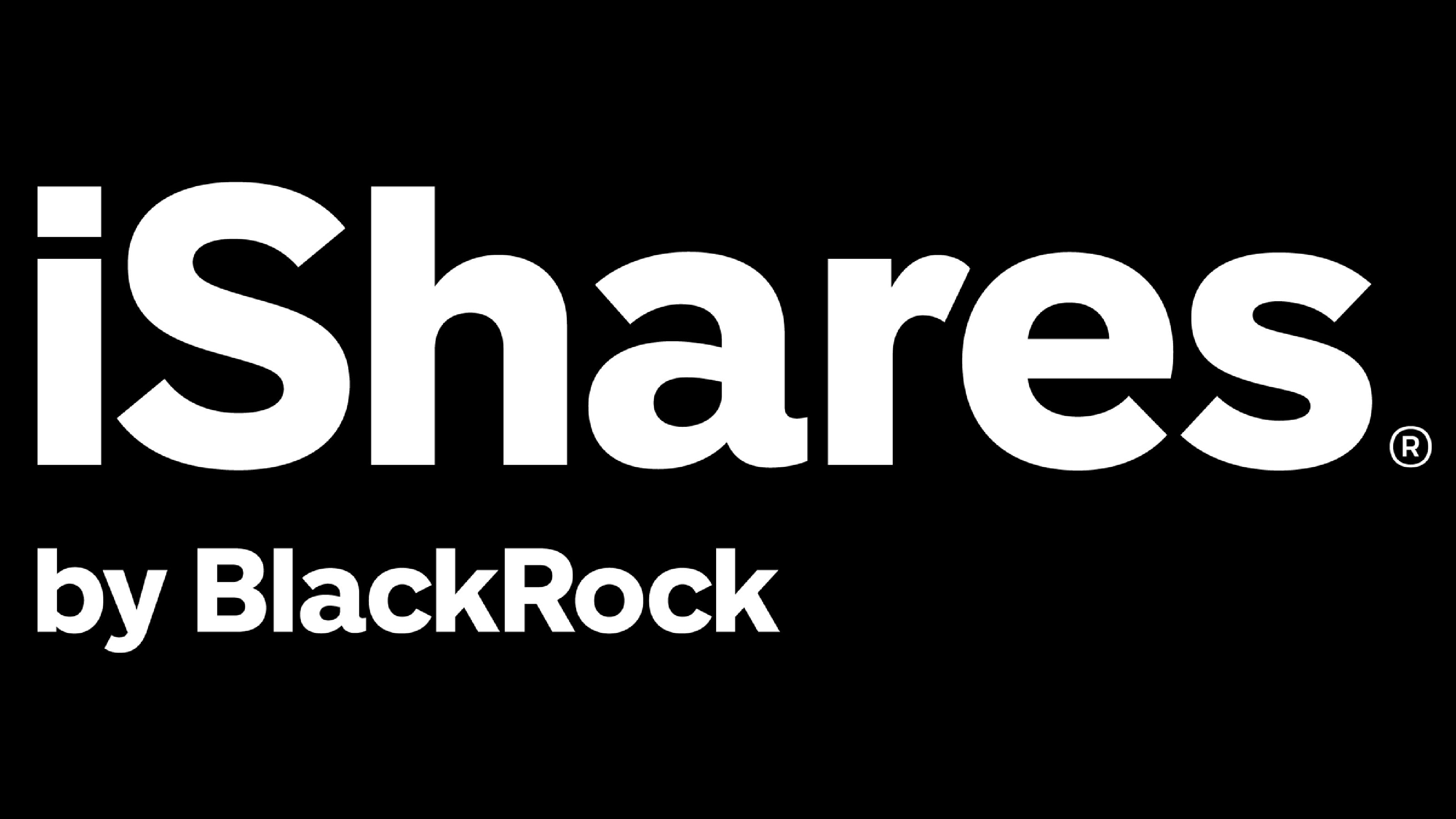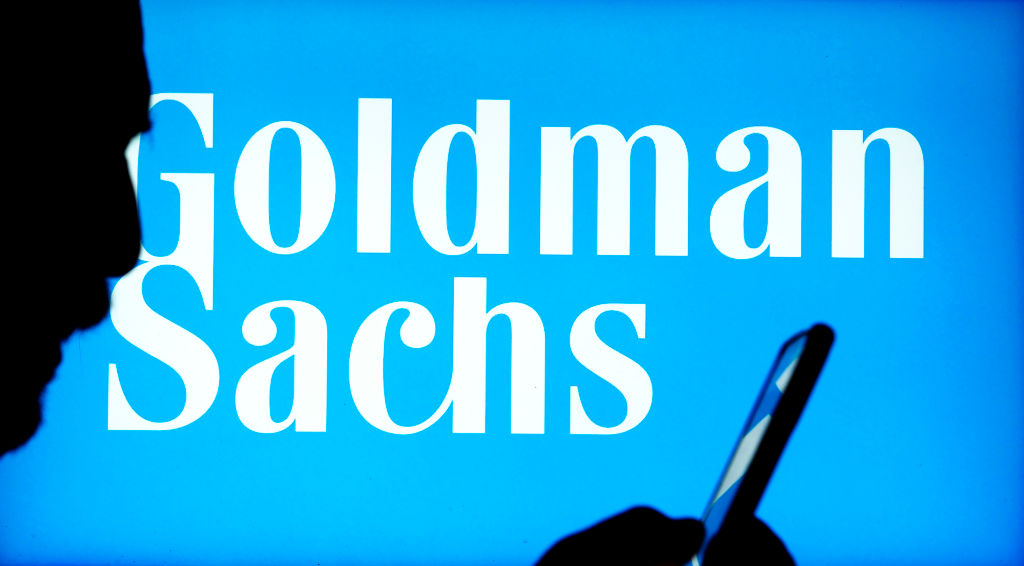The Best Gold ETFs With Low Costs
Gold ETFs can provide hedging and diversification benefits without the hassle of holding and storing physical bullion.


Not all assets have been dragged down by the Trump administration's blanket tariffs. While stocks and the U.S. dollar have faltered amid growing economic uncertainty, the world's oldest investment, gold, is hitting record highs.
On April 22, gold reached a new all-time high of $3,500.05 per ounce, driven by a combination of central bank reserve accumulation and a broad flight to safety. Concerns over a slowing global economy and rising inflation have pushed investors toward assets perceived as more stable and resistant to monetary erosion.
Structurally, gold doesn't produce cash flows like stocks or bonds. But it remains one of the few investable assets with persistently low correlation to both. That's because gold isn't tied to corporate earnings or government creditworthiness.
It doesn't carry market risk or credit risk in the traditional sense, and it can't be debased, printed, or duplicated. This makes gold especially attractive when trust in fiat currency or financial systems breaks down.
There's no shortage of ways to add gold exposure to a portfolio. You could buy physical bullion, trade futures, or invest in gold mining stocks. But, for most investors, the simplest and most accessible option is a gold exchange-traded fund (ETF).
Why buy gold ETFs?
While a gold ETF doesn't offer physical ownership in the traditional sense, it comes with a long list of advantages that make it the better choice for most investors.
Buying physical bullion isn't as simple as walking into a store and paying spot price. The hassle often begins at the dealer, where you'll typically face a markup.
Dealers build in their profit through the spread between the bid and ask prices. This means you're paying a premium when you buy and likely taking a haircut when you sell. That friction exists on both ends of the transaction.
Once you've got that gold bar or coin, the question becomes where to store it. A safety deposit box at a bank comes with annual fees and counterparty risk. Self-storage in a home safe can work but adds personal security risk.
And, if you're really paranoid, you could bury it in your backyard, but just hope you remember where.
Then there's the inconvenience when you want to sell. You need to retrieve the bullion, find a dealer, negotiate a price, and take the cash.
From there, you still need to deposit the money into your brokerage account and wait for settlement before you can use it to buy other assets.
A gold ETF avoids all of that. You can buy and sell it in your brokerage account just like any stock.
When prices rise and you want to rebalance, you can sell instantly and reallocate the proceeds right away. There's no physical handling, no dealer spread, no delays.
For convenience, liquidity, and ease of use, gold ETFs are the most seamless way to gain exposure to gold.
How we chose the best gold ETFs to buy
We started by narrowing the field with a few key exclusions. The first was to leave out exchange-traded products that are not legally structured as ETFs.
A common example is the popular Sprott Physical Gold Trust (PHYS), which is often confused with a gold ETF. In reality, it's a closed-end fund (CEF), meaning it issued a fixed number of shares at its initial public offering (IPO) and can't create or redeem shares the way an ETF can.
As a result, the market price of PHYS often trades at a premium or discount to its net asset value (NAV), which introduces unnecessary complexity for long-term investors looking for clean exposure to gold prices.
We also excluded gold miner ETFs.
While these are often correlated with gold prices due to the nature of their business, they come with all the risks of owning equities. Gold mining stocks can be affected by operational issues, management decisions, or even environmental mishaps.
Finally, we left out exotic products that offer daily leveraged or inverse exposure to gold.
These products tend to be expensive, carry complex tax treatments like K-1 forms, and are highly volatile. They're designed for short-term tactical traders, not long-term investors building a strategic allocation.
Once we made those cuts, we applied a three-part framework focused on fees, liquidity and reputability:
Fees: Gold ETFs used to be expensive, but competition has driven costs down. We set a maximum expense ratio of 0.40%, which works out to $40 annually on a $10,000 investment.
Liquidity: Not all gold ETFs trade efficiently. The best ones have low 30-day median bid-ask spreads, which reduces the cost of entering and exiting a position. This compares favorably to physical bullion, where spreads can be much wider.
Reputability: ETFs with low assets under management are more vulnerable to closure, especially those under the $50 million threshold. We raised the bar significantly by only including ETFs with at least $1 billion in AUM to ensure we focused on well-capitalized, stable options.
Here are five low-cost gold ETFs that provide efficient exposure to the precious metal.
Data is as of May 2.

iShares Gold Trust
- Assets under management: $98.6 billion
- Expenses: 0.40%, or $40 annually for every $10,000 invested
- 30-day median bid-ask spread: 0.01%
SPDR Gold Shares (GLD, $297.98), the first U.S.-listed fund to offer physically backed exposure to the metal, is the $100 billion gorilla of the gold ETF market.
GLD is structured as a grantor trust, a special ETF format commonly used for physical commodities, where each share represents a fractional interest in gold held in vaults.
With its long track record and massive scale come excellent liquidity and a deep options chain, making it easy to trade or hedge with calls and puts.
The downside is its relatively high expense ratio.
And with GLD’s dominant position, State Street has little reason to cut fees – doing so would mean giving up a major source of revenue.
Learn more about GLD at the State Street Global Advisors provider site.

iShares Gold Trust
- Assets under management: $45.7 billion
- Expenses: 0.25%
- 30-day median bid-ask spread: 0.02%
Before iShares made headlines with its spot bitcoin ETF, it found long-running success with iShares Gold Trust (IAU, $31.95), which launched in January 2005 and now manages a solid $46 billion in assets.
IAU tracks the LBMA Gold Price and currently holds 435.24 tonnes of gold. It's as straightforward as it gets – a low-cost, physically backed gold ETF that undercuts GLD with a 0.25% expense ratio.
While its options chain isn’t quite as robust as GLD's, it remains one of the best deals out there for long-term, buy-and-hold investors.

Goldman Sachs Physical Gold ETF
- Assets under management: $1.5 billion
- Expenses: 0.18%
- 30-day median bid-ask spread: 0.03%
Anytime retail investors show a voracious appetite for a particular asset class, you can expect Wall Street to find a way to cash in. Goldman Sachs Physical Gold ETF (AAAU, $31.95) is a prime example.
Launched in July 2018, AAAU is Goldman’s answer to the growing demand for physically backed gold ETFs. The ticker itself is a clever nod to gold’s chemical symbol, "Au."
Otherwise, the fund is pretty no-frills. It tracks the London Gold Fixed Price in U.S. dollars and offers a solid value proposition by undercutting both GLD and IAU with a 0.18% expense ratio.
The trade-off is a slightly wider bid-ask spread, but at 0.03%, it's still negligible unless you're trading frequently or moving large sums.

SPDR Gold MiniShares Trust
- Assets under management: $14.0 billion
- Expenses: 0.10%
- 30-day median bid-ask spread: 0.02%
GLD was massively successful, but as lower-cost competitors emerged over the years, State Street Global Advisors needed a way to defend its market share. Lowering GLD's fees would have helped but also meant cutting into a major revenue stream.
So, instead, State Street launched SPDR Gold MiniShares Trust (GLDM, $64.05) in June 2018, a companion fund to GLD. The key trade-off is that GLDM doesn’t have an options chain, which makes it less attractive to traders.
But, for long-term investors, the appeal is obvious: GLDM charges just 0.10%, a quarter of GLD’s fee.
That lower cost has translated into slightly better returns. Over the past five years, GLDM posted a 13.97% annualized NAV return, edging out GLD’s 13.67%.
The gap may seem small, but it compounds over time, especially in a large portfolio with a long investment horizon.
Learn more about GLDM at the State Street Global Advisors provider site.

iShares Gold Trust Micro
- Assets under management: $2.6 billion
- Expenses: 0.09%
- 30-day median bid-ask spread: 0.03%
ETF providers aren't known for originality, and they don’t need to be. Often, all it takes is copying a competitor’s product and offering it at a slightly lower price.
That's exactly what iShares did when it launched iShares Gold Trust Micro (IAUM, $32.25) in June 2021, after seeing the success of GLDM undercutting IAU.
Like IAU, IAUM tracks the LBMA Gold Price and provides the same kind of physically backed gold exposure. It undercuts GLDM by 0.01% on fees, charging just 0.09%.
That being said, the advantage is a wash when factoring in trading costs, since IAUM has a slightly wider bid-ask spread than GLDM, coincidently 0.01% higher.
Learn more about IAUM at the iShares provider site.
Related content
Profit and prosper with the best of Kiplinger's advice on investing, taxes, retirement, personal finance and much more. Delivered daily. Enter your email in the box and click Sign Me Up.
Tony started investing during the 2017 marijuana stock bubble. After incurring some hilarious losses on various poor stock picks, he now adheres to Bogleheads-style passive investing strategies using index ETFs. Tony graduated in 2023 from Columbia University with a Master's degree in risk management. He holds the Certified ETF Advisor (CETF®) designation from The ETF Institute. Tony's work has also appeared in U.S. News & World Report, USA Today, ETF Central, The Motley Fool, TheStreet, and Benzinga. He is the founder of ETF Portfolio Blueprint.
-
 Stock Market Today: Solid Signals Lift Stocks Despite Tariff Noise
Stock Market Today: Solid Signals Lift Stocks Despite Tariff NoiseMarkets are whistling over the White House in an ongoing display of corporate America's enduring ability to survive and advance.
-
 Amtrak Joins Prime Day With Deals on Fares — But You’ll Have to Act Fast
Amtrak Joins Prime Day With Deals on Fares — But You’ll Have to Act FastPrime members can score 20% off midweek fares — what travelers should know before booking.
-
 Stock Market Today: Solid Signals Lift Stocks Despite Tariff Noise
Stock Market Today: Solid Signals Lift Stocks Despite Tariff NoiseMarkets are whistling over the White House in an ongoing display of corporate America's enduring ability to survive and advance.
-
 Dividend Increases: 7 Stocks With Rising Payouts
Dividend Increases: 7 Stocks With Rising PayoutsWhile dividend growth has been slowing, certain stocks have raised their dividend payouts. These are some selections.
-
 Key to Financial Peace of Mind: Think 'What's Next?' Rather Than 'What If?'
Key to Financial Peace of Mind: Think 'What's Next?' Rather Than 'What If?'Even if you've hit your magic number for retirement, it's hard to stop worrying about money. Giving it a clear purpose is one way to reduce financial anxiety.
-
 Three Estate Planning Documents a Business Owner Can't Afford to Skip
Three Estate Planning Documents a Business Owner Can't Afford to SkipA business owner's estate plan should protect the company and its employees as well as the entrepreneur's heirs. These three documents are critical.
-
 Stock Market Today: Trump's Copper Comments Cause a Stir
Stock Market Today: Trump's Copper Comments Cause a StirMarkets remain resilient and monetary policy makers stand fast against a rising tide of new terms of trade, including around copper.
-
 Opportunity Zones: An Expert Guide to the Changes in the One Big Beautiful Bill
Opportunity Zones: An Expert Guide to the Changes in the One Big Beautiful BillThe law makes opportunity zones permanent, creates enhanced tax benefits for rural investments and opens up new strategies for investors to combine community development with significant tax advantages.
-
 Five Ways Retirees Can Keep Perspective Through Market Jitters
Five Ways Retirees Can Keep Perspective Through Market JittersMarket volatility is a recurring event with historical precedents (the dot-com bubble, global financial crisis and pandemic), each followed by recovery. Here's how people who are near or in retirement can navigate economic uncertainty.
-
 Stock Market Today: Trump Reextends His Tariff Deadline
Stock Market Today: Trump Reextends His Tariff DeadlineWhen it comes to this president, his trade war, the economy, financial markets and uncertainty, "known unknowns" are better than "unknown unknowns."

